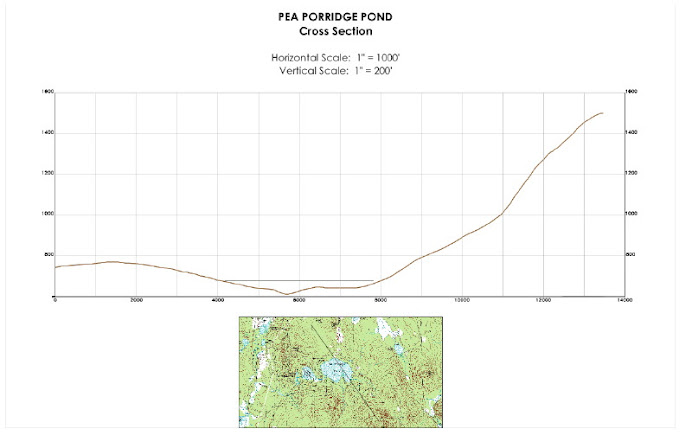QUICK NEWS UPDATE
It's been relatively quiet on the MPEP front since we completed the drilling and sampling in early March, but things are beginning to percolate once again.
First, the project staff has now scheduled the so-called "Splitting and Sampling Party" for Saturday, May 3rd. This "party" will take place in the paleolimnology lab facilities at Plymouth State University with Dr. Lisa Doner as our gracious host. This activity will establish the next stage of the project's work tasks, primarily those that involve careful laboratory testing and documentation.
There are several specfic purposes of this activity once our samples have been retrieved from the walk-in storage cooler (maintained at 4 degrees Celcius since the field samlping) at PSU:
(a) to carefully split the samples longitudinally so we can inspect their interior where the shearing effects of the drilling and sampling process will not have disturbed them;
(b) to photograph and carefully document the nature, texture, and sedimentary structure we see on these freshly-exposed surfaces; and,
(c) to determine what type and how many specific laboratory test samples to take from these surfaces to develop the best picture of the samples' ages and fossil organic components.
This latter step will probably require the longest portion of this rather "full day" at PSU. We will report to you all asap after the work is done as to what was found and what testing is proposed to be done. That report will include the best photographs of the day, descriptions of the more interesting structural findings from within the samples, and preliminary comments on the possible paleoclimate history we begin to see. We will also attempt to establish a schedule for the lab results to "come in" and when we might be able to formulate a better picture of the Pond's paleoclimatic history, likely sometime in the mid to late Summer this year.
The second item of news is that Thom Davis and Brian Fowler have been asked to present papers as part of a northern New England pond paleolimnology theme session at the annual meeting of the Northeast Section of the Geological Society of America next Spring. Word of our project "has gotten out" in the regional geological community, and people are interested in what we've done, how we've done it, and what results we may have obtained by the time of the meeting. Abstracts for these presentations will be available nationally through the Society, so word of MPEP will spread. We'll also post them here on the blog. More about this later...
So for now, things are moving more slowly but surely. We will be back in touch in several weeks with more exciting news. Please stay tuned, and please give us your comments and questions here on the blog. For those not familiar with its use, please refer back several Scientific Posts to the one that provides the simple instructions. We'd love to hear from you all!



1 comment:
A project follow-up note on aesthetics for residents of Big Pea Porridge Pond looking out across the melting but still nearly complete ice cover (here on April 23!). We just wanted you to know that the debris the melting ice is revealing in the general vicinity of the drilling site is NOT anything we left behind there! But it is indicative of the depth of ice & snow cover this winter that the bright red plastic milk crate and the several large blocks of wood revealed now were completely and invisibly buried there by the time of our drilling operation.
Lee
Post a Comment